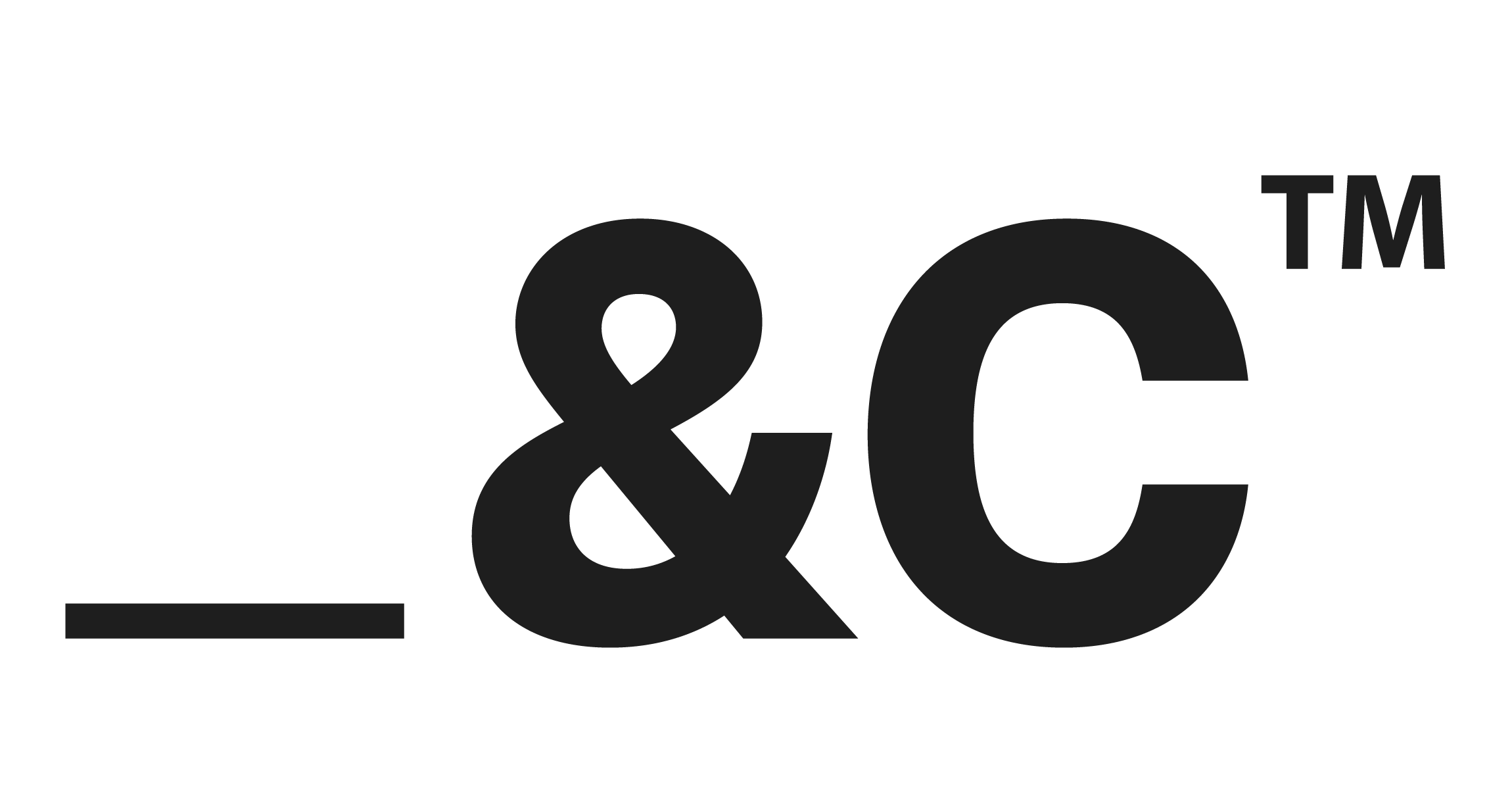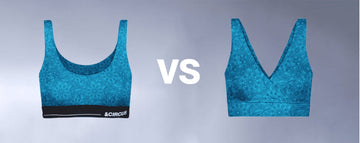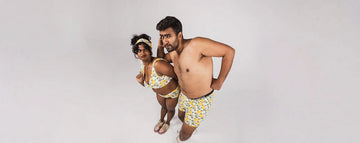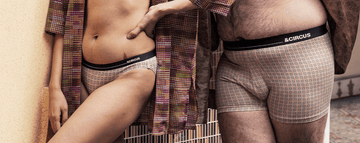Quick Listen:
For decades, it was the epicenter of lingerie culture, dictating what women should wear and how they should look. But that era is fading. According to consumer data from the NPD Group, Victoria's Secret's market share plummeted from 32% in 2015 to 19% by 2020, as shoppers turned away from rigid ideals toward something more authentic: comfort, inclusivity, and designs that reflect real lives. Leading this shift is the bralette a soft, wire-free garment that's become a symbol of a new ethos in fashion, one that champions every body and redefines what lingerie can be.
Inclusive Design in Bralettes: Comfort and Sustainability Take Center Stage
The bralette has transcended its role as a mere undergarment to become a cultural phenomenon. In 2024, the global bralette market was valued at $3.8 billion, with projections estimating growth to $6.2 billion by 2033 at a steady 5.6% annual growth rate, according to DataHorizzon Research. This surge is fueled by a new generation millennials and Gen Z who prioritize comfort, sustainability, and body positivity over the structured, often uncomfortable bras of the past. Unlike traditional underwire designs, bralettes offer flexibility and versatility, serving as both intimate apparel and stylish outerwear. The real game-changer, though, is inclusive design: clothing crafted to fit diverse bodies, from those with disabilities to a wide range of sizes and shapes, all while embracing eco-friendly materials.
Inclusivity in fashion is no longer optional it's a mandate. Traditional lingerie often catered to a narrow standard, leaving many to grapple with ill-fitting options or outright exclusion. Bralettes are rewriting that narrative, offering a platform for brands to prioritize accessibility and real-world needs. This shift isn't just about aesthetics; it's about creating garments that empower, offering freedom and confidence to those who wear them.
Redefining Comfort and Accessibility
The rise of bralettes dovetails with a broader cultural pivot toward comfort-driven fashion. Data from Global Growth Insights reveals that 65% of lingerie buyers prioritize comfort, with 70% favoring seamless bras that move with their bodies. This demand has sparked innovation, with brands rolling out adjustable straps, stretchy fabrics, and extended size ranges that break free from the outdated small-medium-large framework. But the push for inclusivity goes beyond sizing. The field of adaptive fashion is transforming how clothing serves people with physical disabilities or limited mobility, incorporating features like magnetic closures for those with dexterity issues or designs tailored for limb differences.
Adaptive clothing, as outlined in Wikipedia, is purpose-built for individuals with conditions like muscular dystrophy, multiple sclerosis, or age-related impairments. Its mission is clear: to enhance independence, prevent physical discomfort like pressure sores, and foster a sense of belonging in social settings. Bralettes, with their inherently simple, flexible construction, are ideal for this purpose, offering soft, adaptable options that don't compromise on style. The rise of athleisure has further amplified their appeal, blurring the line between underwear and everyday wear, making bralettes a staple for everything from workouts to casual outings.
This shift is also reshaping how consumers shop. The online lingerie market, valued at $78.2 billion in 2024 and expected to reach $252.2 billion by 2033 with a 13.9% growth rate, thrives on e-commerce and personalization. Global Growth Insights notes that 60% of purchases occur via mobile devices, with 40% driven by social media, where diverse representation resonates. Virtual fittings, preferred by 50% of shoppers, and AI-driven shopping experiences are further enhancing accessibility, making it easier for consumers to find bralettes that fit their unique needs.
Brands Paving the Way
A handful of brands are leading this charge, proving that inclusivity and sustainability can coexist. AndCircus, a standout in eco-conscious fashion, crafts bralettes from organic cotton and recycled fibers, offering sizes that cater to a broad spectrum of body types. Their approach reflects a broader trend: Global Growth Insights reports a 40% rise in inclusive lingerie launches and a 35% increase in collections using sustainable materials. These brands aren't just selling products they're cultivating loyalty by showing customers they're valued and understood.
Compare this to the struggles of legacy brands like Victoria's Secret. As detailed in a Glamour article, its adherence to a narrow, idealized aesthetic and failure to embrace inclusivity led to a steep decline in market share. Shoppers have migrated to brands that align with their values, proving that designing for real-world needs is not just ethical it's a competitive edge. AndCircus and its peers are reaping the rewards, building communities of loyal customers who feel seen and celebrated.
Navigating the Challenges
Embracing inclusive design isn't without obstacles. Crafting bralettes that accommodate diverse bodies while remaining affordable is a complex challenge. Sizing accuracy remains a sticking point too often, inclusive ranges fall short for plus-size or petite customers. Sustainable materials, while environmentally sound, can inflate production costs, pushing prices out of reach for some. There's also the risk of over-engineering designs in an effort to appeal to everyone, resulting in products that feel clunky or inauthentic.
Yet these challenges present opportunities for innovation. Brands like AndCircus leverage customer feedback and data-driven design to create bralettes that balance functionality and style. Stretchy fabrics that adapt to changing body sizes and minimalist designs that prioritize comfort without sacrificing aesthetics are key to their success. The goal is clear: deliver inclusivity that feels genuine, sustainability that's accessible, and quality that endures.
The Business and Environmental Impact
The case for inclusive design is as much about economics as it is about ethics. The online lingerie market's projected growth to $252.2 billion by 2033 underscores the potential for brands that prioritize personalization and accessibility. Social media, driving 40% of sales, amplifies the power of diverse representation, while mobile shopping, accounting for 60% of purchases, makes inclusivity a click away. Brands that cater to underserved markets whether through adaptive designs or body-positive sizing tap into new revenue streams and foster fierce brand loyalty.
Sustainability is equally critical. Bralettes made from recycled fibers or organic materials reduce environmental impact, aligning with the values of eco-conscious consumers. By embracing ethical production, brands like AndCircus not only dress bodies but also contribute to a healthier planet, addressing the growing demand for responsible fashion.
A Future That Fits All
The bralette's rise signals a broader transformation in fashion. As reported by The Guardian, sports bras bralette cousins have soared, with 7.1 million sold in Britain last year, making up nearly 10% of total bra sales. This reflects a deeper truth: women want clothing that supports their lives, not constrains them. Inclusive design, paired with sustainable practices, is the foundation for meeting that demand.
The path forward requires brands to listen to their customers, to innovators, and to the planet. Those that prioritize comfort, accessibility, and eco-friendly materials will shape the future of fashion. For AndCircus and its peers, the mission is simple yet profound: design for every body, and the world will embrace you. This is more than a trend it's a revolution, and it's here to stay.
Frequently Asked Questions
Why are inclusive bralettes gaining popularity over traditional bras?
Inclusive bralettes are favored for their comfort, flexibility, and alignment with modern values like body positivity and sustainability. Unlike restrictive underwire bras, bralettes prioritize seamless support, adaptive features, and real-world fitqualities increasingly sought after by millennials and Gen Z consumers.
What does inclusive design mean in the context of womens bralettes?
Inclusive design in bralettes means creating comfortable, stylish undergarments that accommodate a wide range of body types, sizes, and abilities. It includes features like extended sizing, adaptive closures, and sustainable fabricsensuring that everyone, including those with disabilities or non-standard body shapes, can find options that fit and empower them.
How are brands addressing the challenges of inclusive and sustainable bralette design?
Forward-thinking brands like AndCircus are overcoming challenges by using customer feedback and data-driven insights to craft adaptive, eco-friendly designs. They balance affordability with ethical production through smart material choices and minimalist construction, all while ensuring products feel authentic and accessible to all bodies.
Disclaimer: The above helpful resources content contains personal opinions and experiences. The information provided is for general knowledge and does not constitute professional advice.
You may also be interested in: Digital-First Brands Are Redefining Intimatewear Accessibility
Uncomfortable underwear shouldn't steal your confidence. At Andcircus, we craft ultra-soft, sustainable Lenzing Modal Micro innerwear for every body, XS to 5XL. From briefs to bras, our custom packs fit you perfectly. Shop risk-free with our 100% satisfaction guarantee and embrace comfort that includes everyone. #LoveEveryBody. Shop Now!







































